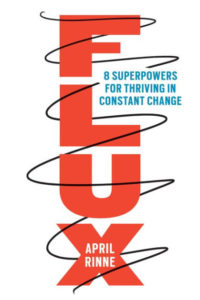I’ve been in a variety of higher education roles in several ways: as a victim, er, student; as a grad student; post-doc; tenured/promoted faculty member; textbook publishing consulting; strategic elearning consulting… Further, in general, I’m a supporter. I do have quibbles, and one is the persistence of learning myths. Trust me, I wrote a whole book on what the research says about them! In addition to having talked about org learning myths, let me explore some elements of higher-education myths.
I saw an article in the top education news source in the country, The Chronicle of Higher Education. I get their daily newsletter, just to keep my finger on the pulse. However, this article was touting issues for Gen Z students. Yet, research says that the ‘generations’ framework isn’t valid. There’s no reliable data that generations is a viable discrimination. In fact, it literally is discrimination (in terms of using arbitrary distinctions to label people.
This is only part of the broader problem. A colleague regularly chides his alma mater for continuing to believe in learning styles. This, too, is a myth! While learners do differ, there’s no evidence we should adapt learning to learning styles, let alone can we reliably identify them. It’s appealing, but wrong. Not that it isn’t also prevalent amongst K12 teachers as well.
Which is related to another problem, business school curricula. I was surprised, and dismayed, to find that a prominent business school has personality instruments as part of it’s curricula! This includes MBTI, which is discredited both theoretically and empirically. Other such instruments, also with flaws, continue to be indicated. I’m sure there may be some financial motivation as well. (E.g. like Apple & Microsoft did offering huge discounts to schools, to get new users used to their experience.)
We should not tolerate learning myths in university. Aren’t these bastions of science? Ok, that’s another myth, that universities aren’t riven with politics, but that’s not the focus here. Still, universities should be better at rejecting myths, just as they should also be better about using the best pedagogies. Which they also aren’t doing, by and large ;).
There are more myths about universities, and issues like what their role in society should be. That’s not what I’m talking about here, though. For all their other issues, they should not be perpetuators of higher-education myths. (Here’s hoping they’re also not guilty of the ‘attention span of a goldfish’ myth!)


